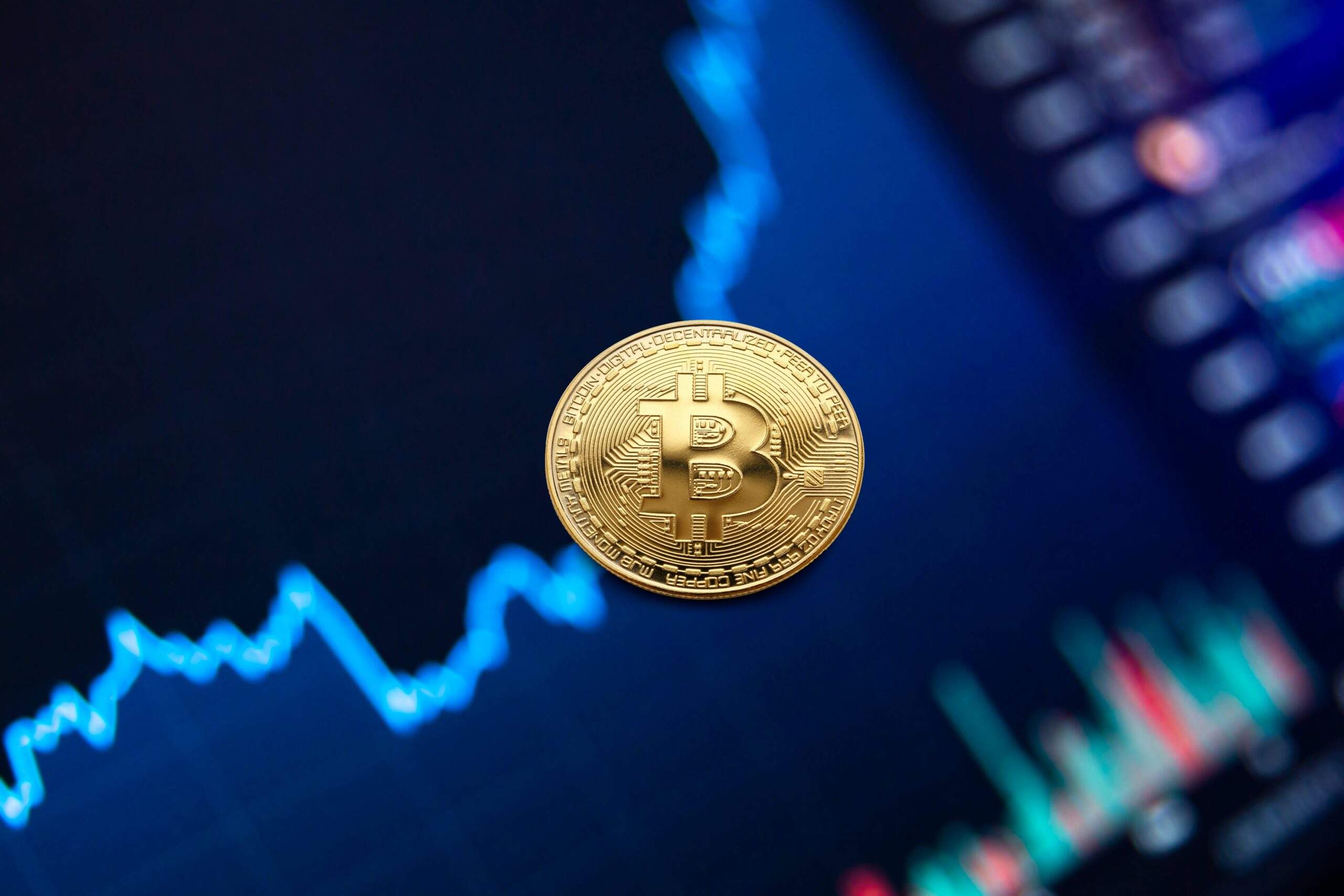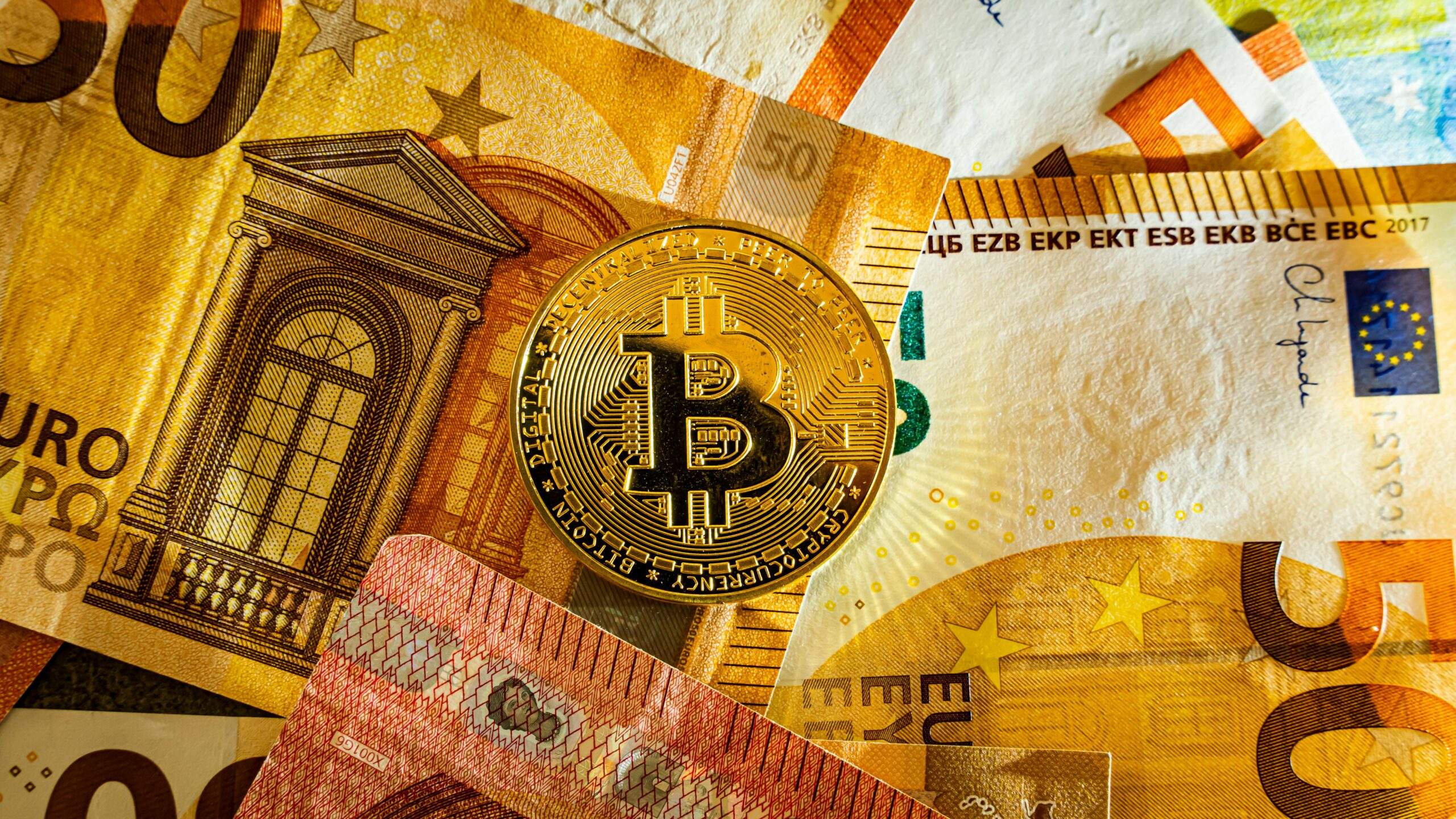There are different kinds of Finance people…………good, bad and indifferent. In India, when you look for a CFO, you hear a Promoter telling the Head Hunter, “CA + 20 years’ experience”. I don’t know where this came from……perhaps it is an old perception.
Disclaimer: This article was written originally in April 2008, so some data points may be outdated.
1950-2000: In the olden days (see some ‘50s movies), “accountants” were people with thick glasses, who carried ledgers and looked serious. They were supposed to look ‘mature’ because Finance was a serious business. ‘Work’ consisted of MIS Reviews, Budget meetings, accounting deadlines, and burning the midnight oil…
Circa 2000: That role, unfortunately, has now been taken by a good-looking, sleek laptop. If you have a stable ERP, collecting and collating data is now packaged in a standardized form with a small capital cost. The new role of the CFO was now Corporate Finance, the “get me the money” function. This is actually a Marketing function, where you have to sell a story to bankers, Investment & Merchant Bankers, and now Private Equity firms. This is where the MBAs came in, not really because of what they learned in school, but because of their intrinsic personalities. The MBA schools, with their emphasis on communication skills as opposed to ‘mugger’ capabilities (as any failed CA like me will tell you), offered a particular kind of CA an escape route to a higher level of existence.
Today, however, life and business are getting increasingly complex. After the CFO has “got the money”, there comes the problem of ‘managing’ its cost, controlling the ‘spread’, managing liquidity, and organizing standby mechanisms in case the Asset side people can’t service their liabilities. This whole process is called Risk Management. In the English language, Risk is defined as ‘the probability of things not going right, but in financial markets, Risk is defined as equal to Volatility. The mathematical and statistical measures of Risk are also broadly those of Volatility, Variance, and Deviation.
The Underlying Drivers of Risk
Unfortunately, this creates very big problems in financial markets, because we “finance” people tend to study only the logical, mathematical side of Finance without understanding the underlying drivers of Risk. Risk in financial markets happens because of people’s behavior, which nobody studies. There is no ‘scientific’ method of teaching people how to study other people. When you start to do that, large doses of emotional sensitivity are needed. That is why for a long time, this discipline did not even receive the recognition of being a valid area of study. Till 2000, there were only 6 chairs of Behavioural Economics in the entire United States. The top Finance schools only taught the mathematical/ statistical dimensions of Risk Management. Even today in India, there is not a single teacher of this subject in Indian Business Schools.
In the last 10 years, there has been a sudden increase in Nobel Prizes given out to the subject. The winners have no complex mathematical models that can be taught to students; they merely have insightful observations about how human behavior, especially economic behavior, is SYSTEMATICALLY flawed. They point out how entire industries (Insurance, Commodity/Forex/Equity/Real Estate/Debt, and Derivatives) are based on flawed models of human behavior. At last count, nearly 300 such patterns of behavior had been documented in what is now called “Irrationality Economics”.
Behavioral Patterns in Financial Markets
Some of these patterns can be observed in financial markets. When such patterns get bunched together, in that many players behave in a certain fashion, they create a trading opportunity. You can either go with the flow (also called playing the momentum) or go against the flow (also called contrarian positions). Both create trading profits, although I personally prefer the latter. But this kind of behavior creates “inflection points” which can be systematically read with a very high degree of accuracy.
More important, such patterns of behavior can be located across markets through an array of statistical tools, thus creating a regular stream of trading profits that can cumulatively deliver outstanding returns, far above anything known in the industry. That is because they constitute a net transfer of wealth from the irrational to the systematic contrarian (though not necessarily rational).
This process is both art and science. While science is left-brain, logical, and repeatable and hence can be taught, art is taught by induction. That is why good traders are born, not made……it is about a certain mindset. Even the appreciation of Behavioural Economics and its many observations is not universal. The subject started to get attention after George Soros’ famous $1bn-in-a-day dream trade when he bet against the Bank of England on sheer ‘gut’. 6 Nobel Prizes have since gone to Behavioural Economists.
Volatility Trading as Risk Management
Take Volatility Trading. This is part of regular Risk Management and Options Theory. Many derivative traders swear by it. But the very belief that some technical patterns will repeat themselves, without understanding the underlying (irrationality) drivers, is dangerous. What if there is a “Ketan Parekh” who knows that you will enter at the technical triggers, and jumps on you at just those points where the crowd congregates? It makes far more sense to watch Ketan Parekh than to follow your ‘science’ of Technical Trading. Today’s Ketan Parekhs are the Hedge Funds, FIIs, and even Central Banks (in currency markets).
The RBI is one of the best contrarian traders in the world and has often been known to break the backs of momentum traders, the current monumental shift in Rupee-Dollar levels notwithstanding. This, mind you, is grudging respect from someone who fancies himself as an expert in human stupidity.
Cost of holding Deep Value
Yet if you follow the principles of Value Investing (as laid out by Benjamin Graham and later, Warren Buffet) and use Volatility Trading to reduce your average cost of holdings to “Deep Value”, you have systematically built up the value that always beats the market over ANY long-term (3 years) horizon.
Buffet’s Reinsurance business buys 3-Sigma Risks (i.e. seemingly impossible risks and the underlying income stream from Insurance premia). His ability to find a fool at the other end of the trade is systematic. It is well known that human beings find it very difficult to estimate the probability of ‘improbable’ or infrequently occurring events. There are 2-3 ‘systematic’ (i.e. embedded in the structure of the brain’s processes) irrationalities that get in the way.
As individuals, we do not need an Insurance business to find a fool on the other side of the trade. They are all over the place, in Derivative and Futures markets. Why not use Volatility and Option pricing to build an income stream, which has only one cost………the cost of the 3-Sigma event? If the income stream comes before and is reinvested well, it will exceed the cost of the 3-Sigma event (also called Value At Risk). The difference is Free Cash Flow without any other cost. This is a pure knowledge process, the only cost is Risk.
This operation can be attached to the Balance Sheet of a large company. Alternatively, it could sit in the Holding company of a group, and create a clean cash flow there, using the Balance Sheet of the operating company. This would help shore up Promoter’s Capital.
In Debt markets, volatility trading could be used to reduce the cost of Debt. You can swap from a high-yielding currency like the Rupee into a low-yielding currency like the Japanese Yen or the Swiss Franc, depending on your greed for ‘carry’ (i.e. the Interest differential that you want to receive in return for the Risk of currency appreciation) and your appetite for Currency Risk. The latter can be neutralized by accumulating trading profits, which are then used to buy ‘insurance’, i.e. the caps and floors that stop out the 3-Sigma risk of extreme currency movements.
In Equity markets, it shores up Promoter holdings, which in turn can be used to dilute capital, reducing the Cost of Equity for the firm. In Commodity markets, it reduces Operating Costs and increases Value Added.
The CFO now sits atop the strategic function of the company. As the person who manages the Liability side of the company’s Balance Sheet, including the cost of liabilities, he is probably the single most important person impacting the company’s profitability. ‘Balancing the books’ is taking on new meaning.







